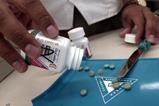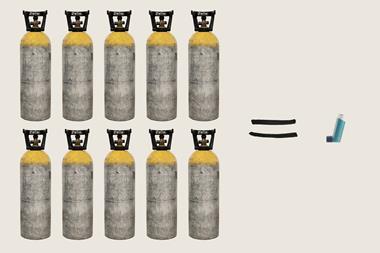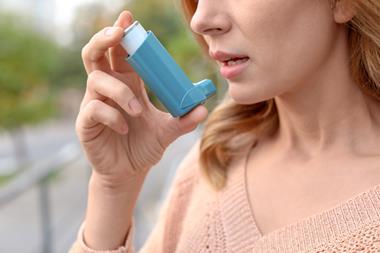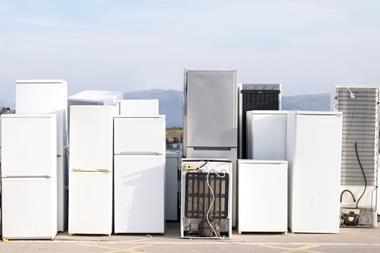Between leaving school and going to university, I spent a year in the labs at GlaxoWellcome (now GSK) in Ware, UK, investigating new valve designs for aerosol metered dose inhalers (MDIs), used to administer medicines for asthma and other respiratory diseases.
Reading Andy Extance’s feature on work to reduce the environmental impact of the propellants in MDIs brought back memories of hours spent firing inhalers into pieces of bespoke lab apparatus. I would then dismantle the kit, carefully washing the deposited drug from the various parts into volumetric flasks and analysing the washings with high-performance liquid chromatography.
The group I worked with used a range of experiments designed to measure aspects of an inhaler’s performance, including the particle size distribution of each puff; how consistent the dose delivery was throughout the inhaler’s life; and levels of water ingress into the inhaler contents over time. Those results could then be correlated with changes to the valve design.

Being a gap year student, I wasn’t party to the specific modifications being tested, but my supervisors explained the broad themes. Some of the modifications were about saving money – even fractions of a penny per inhaler could add up to significant savings – but others were about improving reliability, performance and patient experience. And even 25 years ago, there was discussion around swapping propellants for more environmentally friendly alternatives, as there was already recognition that the recently introduced hydrofluorocarbon propellants had significant global warming effects.
That year gave me an appreciation of the work that goes into something like changing the propellant. The drug and other ingredients certainly need to disperse or dissolve in the new propellant. But that suspension is also in contact with all the other parts of the inhaler. Is the new propellant compatible with the polymer materials in the seals? Will they degrade and leak (or allow water in) or leach contaminants? Will the drug deposit itself out of suspension, changing the dose concentration or blocking the valve completely? How does the performance change when the inhaler is stored and used in environments with extremes of temperature or humidity? Changing the propellant will almost certainly require concomitant changes to other parts of the inhaler to maintain (or improve) performance.
Recognition of the enormous greenhouse gas emissions from MDI propellants adds another significant pressure to change and improve them. Companies are acutely aware of the impending prospect of more stringent restrictions on their emissions, giving them sound economic and political reasons to invest in those improvements.
One of the most effective ways to reduce inhaler emissions, however, is to avoid aerosols altogether. As a mildly asthmatic child, I used a variety of dry powder inhalers – first a Rotahaler with individual capsules of powder to insert, then later Diskhalers with multiple doses in a replaceable blister pack, and a fascinating slide action to rotate the device on to the next dose. Modern powder inhalers, while not appropriate for all patients, can match the capacity and convenience of an MDI, without the greenhouse gas emissions.
However, there will always be a need for inhalers that don’t rely so strongly on the patient’s own breath to get a drug from the device into the lungs. So investing in new propellants is worth all the work and investment.

















No comments yet